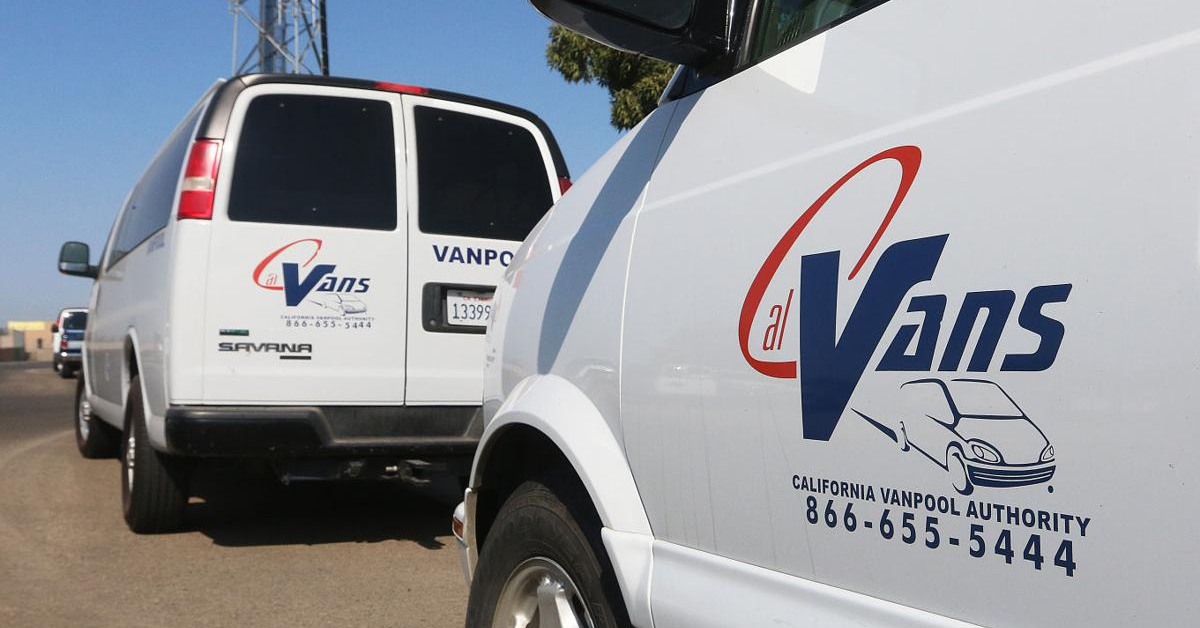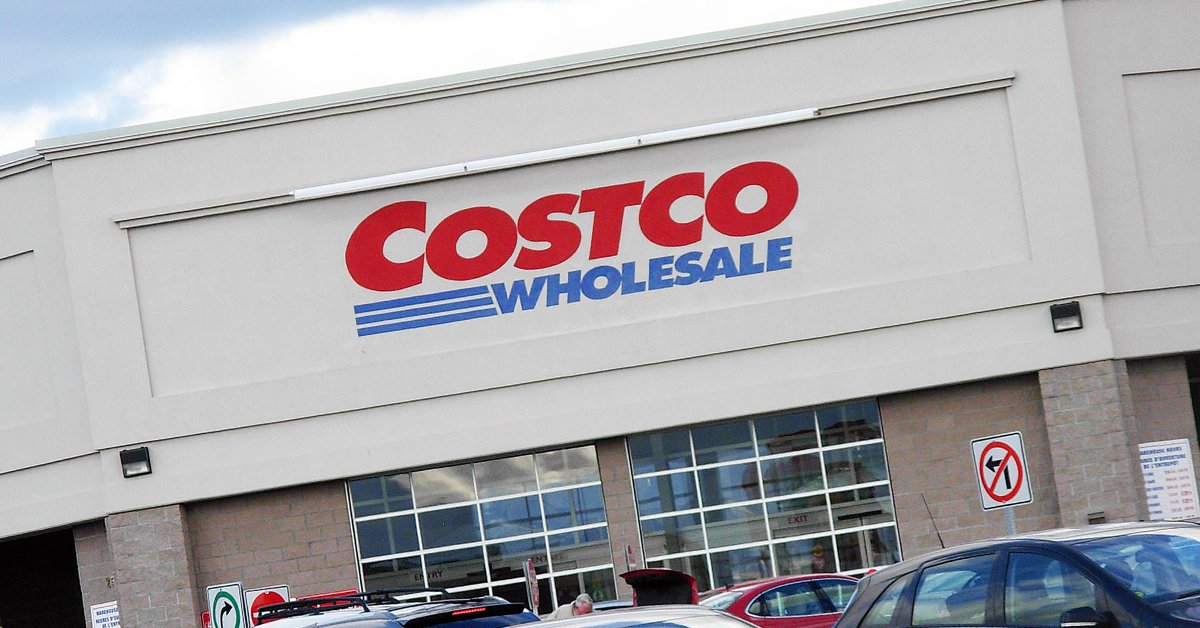If redevelopment has to come to my neighborhood, then the Assemi Group figures to do it about as right as possible.
That’s my takeaway from a most interesting half-hour community meeting Thursday evening (Sept. 27) at Fig Garden Financial Center in North Fresno. Jeff Roberts, vice president at Assemi-owned Granville Homes and all-around troubleshooter for the Assemi Empire, was moderator.
The Assemis own the financial center. When they bought it, they also got an empty apartment complex and mostly vacant field just to the east on San Jose Avenue. From an earlier deal, they own a vacant lot on San Jose across the street from one of the financial center’s four-story office buildings (this lot is on the northeast corner of San Jose and Colonial Avenue). The question at hand: What is to become of all this developable property in a long-established residential neighborhood?
The neighborhood is small but the question is big. The 2035 General Plan is involved, with its focus on in-fill development, particularly higher-density residential projects in “high opportunity” areas with access to quality shopping and good schools. The Active Transportation Plan is involved, with its emphasis on creating (or maintaining) neighborhoods accessible to walkers and bicyclists.
Perhaps those two plans are just pipe dreams. Perhaps not. The proof is in the execution.
Turns out the Assemis want to build another office building. They want to build a neighborhood dog park. They want to get rid of a portion of two neighborhood streets. They want make it harder for cars to zoom through the neighborhood.
The Assemis want to do the unexpected. I think the idea presented by Roberts is a good one.
I was one of about 35 neighborhood residents to show up. Andrew Benelli, the city’s Public Works Assistant Director, was there but didn’t speak.
Roberts said the plan is in the early stages. Much work at City Hall remains if it is to become reality. He said that plan is to build a nice eastern end to the office complex “and create a quieter, more walkable area.”
To boil things down, the Assemis would turn the empty apartment complex into parking. They would build a four-story, 90,000-square-foot office building pretty much where Colonial now intersects with San Jose. Much of the lot at Colonial/San Jose would be parking. A portion of Colonial and a portion of San Jose would be vacated, thus becoming part of the overall project. There would be a cul-de-sac on Colonial where the street runs into the project’s northern border, turning the street into a dead end. There would be a cul-de-sac on San Jose where the street runs into the project’s western border, turning the street into a dead end. There would be no vehicular access (other than public safety in an emergency) to the office center from Colonial or the portion of San Jose in the residential neighborhood; cars would access the expanded financial center via San Jose at Palm Avenue (which is another access point to Fig Garden Village).
There would be a walking path, open to the public, connecting the cul-de-sac at Colonial to the cul-de-sac at San Jose. Roberts described this path as something along the lines of a mini-dog park. He said he knows many people in the neighborhood currently walk their dogs along the green belt on the east edge of the financial center (I’m one of them; I always bring poop bags).
The lot on the east side of the vacant apartment complex would be torn down and turned into a new 44-unit apartment complex with vehicular access onto the neighborhood portion of San Jose but not to the office center.
It all looks very complicated on paper, but the bottom line, in my opinion, is this:
- Infill land gets developed;
- cars can no longer make the Palm to Maroa Avenue (or vice-versa) transit through a residential neighborhood, thus making the neighborhood safer;
- more residential units come to the neighborhood (there’s also a 19-unit project by another developer now under construction on San Jose) but not so many that the neighborhood and its infrastructure are overwhelmed;
- the neighborhood remains connected to walkers and their dogs;
- the Fig Garden Financial Center/Fig Garden Village complex (separate ownership) is strengthened.
“We’re probably going to have a second (neighborhood) meeting,” Roberts said.
There no doubt will be many more meetings involving the Assemi team and various players. City officials certainly will take a long look at the notion of vacating portions of two streets. And the neighborhood already is fairly densely packed with residential units of different types. That creates a variety of constituencies and points of view. For example, traffic on San Jose to Maroa will increase once the two new apartment complexes are built. The challenge is finding a way to accommodate that increased traffic. The portion of San Jose that is in the city is fairly wide. The portion of San Jose as it connects with Maroa is in the county and much narrower.
“I think this would be a great opportunity to master plan the entire neighborhood,” Jodi Fitzpatrick, my neighbor, told Roberts on Sept. 27.
All these details in a relatively small North Fresno neighborhood might seem of scant interest to the wider community. But what’s happening is a good test as to whether City Hall with its development plans, private interests with their development plans and neighborhood residents with their communal needs are flexible and innovative enough to produce mutual infill success.
Jeff Roberts – good luck.










